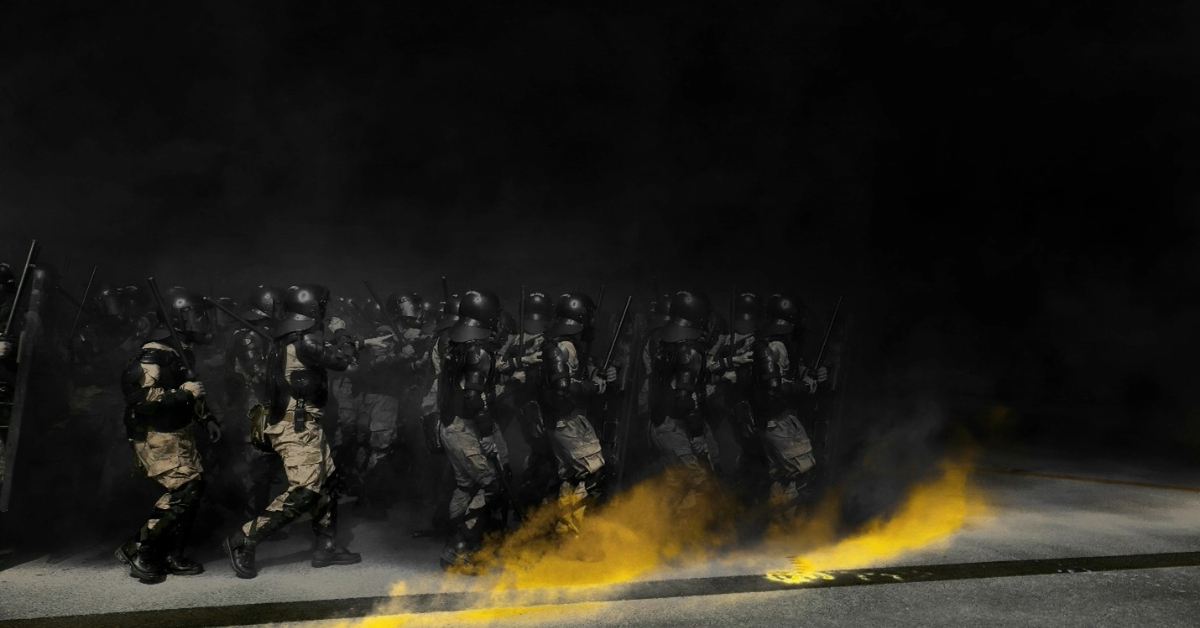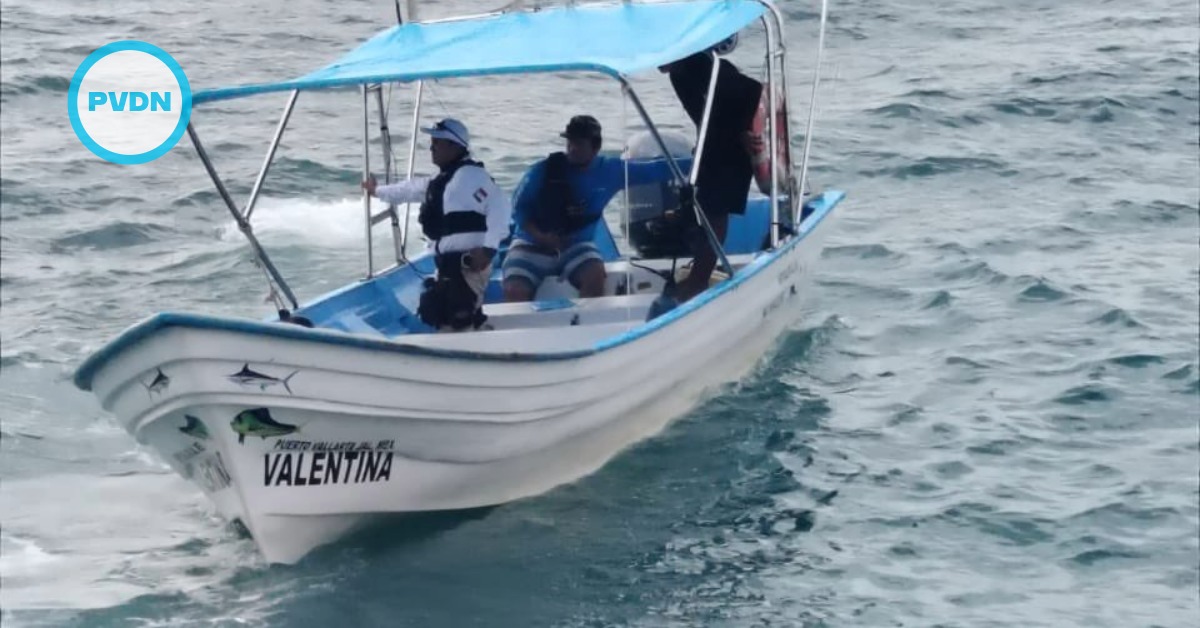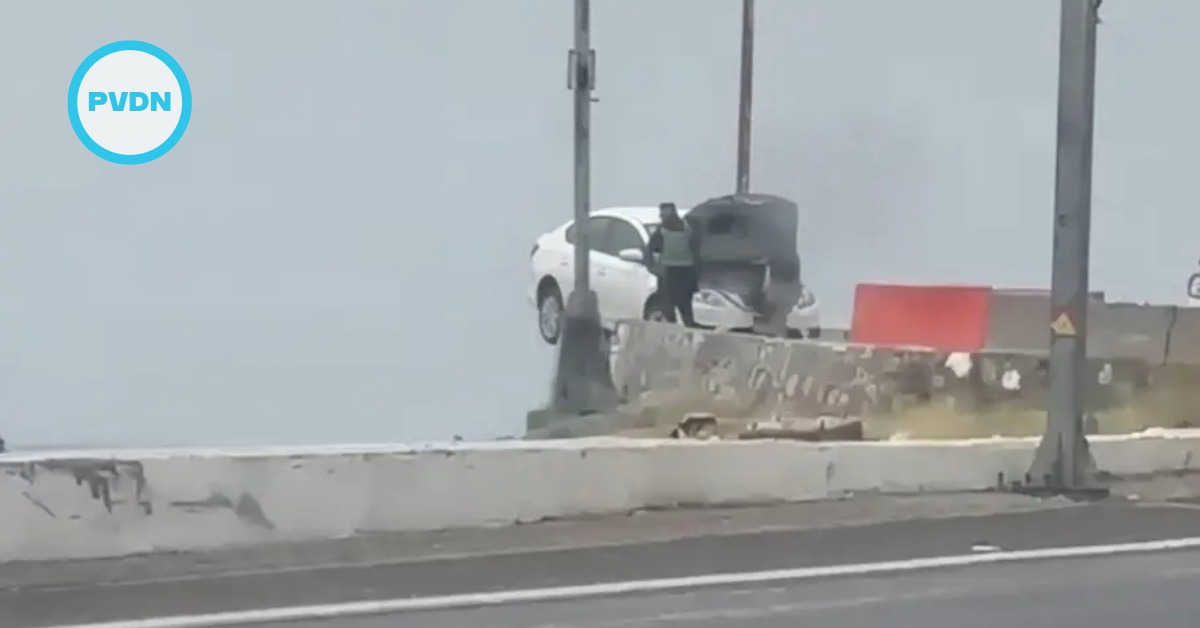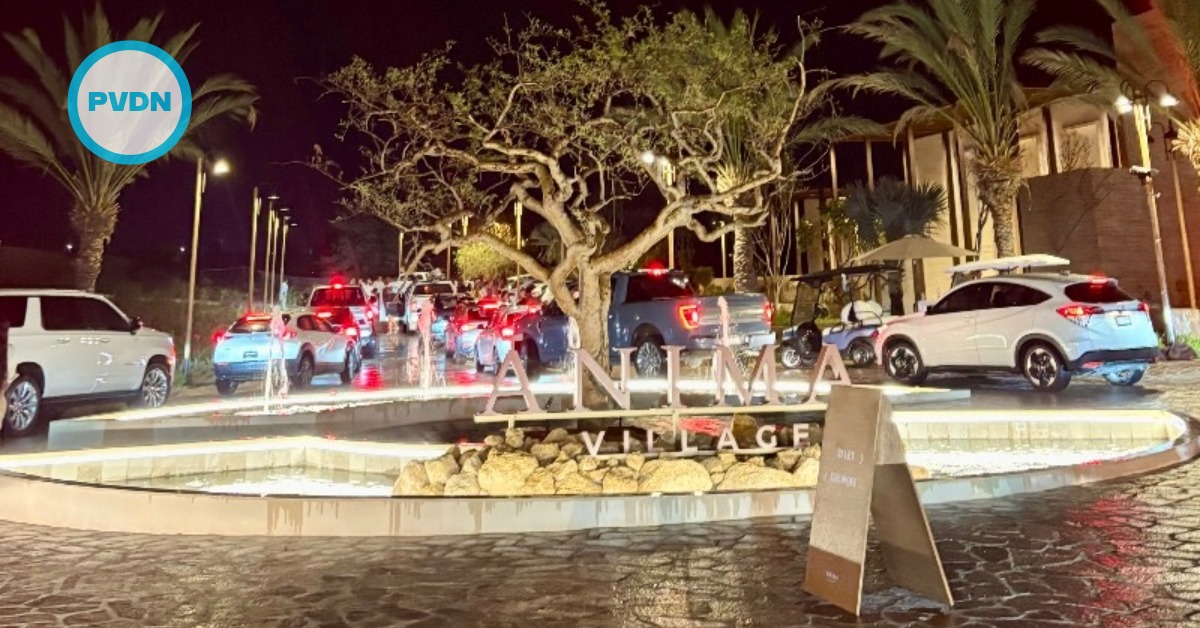When considering a move to Mexico, many Americans grapple with preconceived notions that may color their perception of what life in this diverse and vibrant country truly entails. These misconceptions often stem from sensationalized media portrayals, outdated information, or a lack of firsthand experience. This section aims to address and dispel some of the most prevalent myths about Mexico, providing a clearer, more accurate picture of what you can expect when making Mexico your new home.
One of the most pervasive misconceptions about Mexico is that it is universally dangerous due . . .







